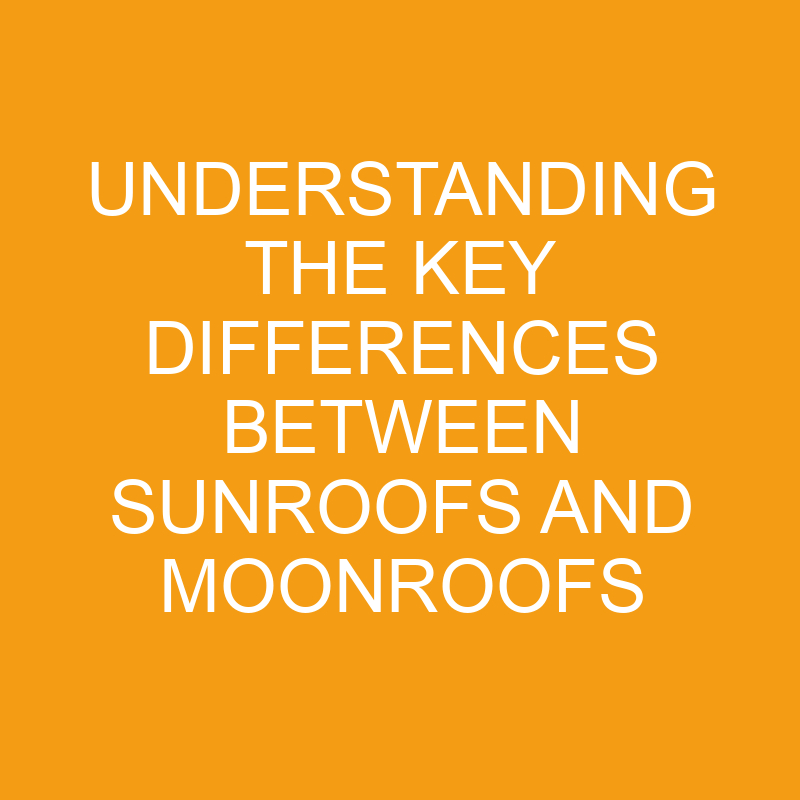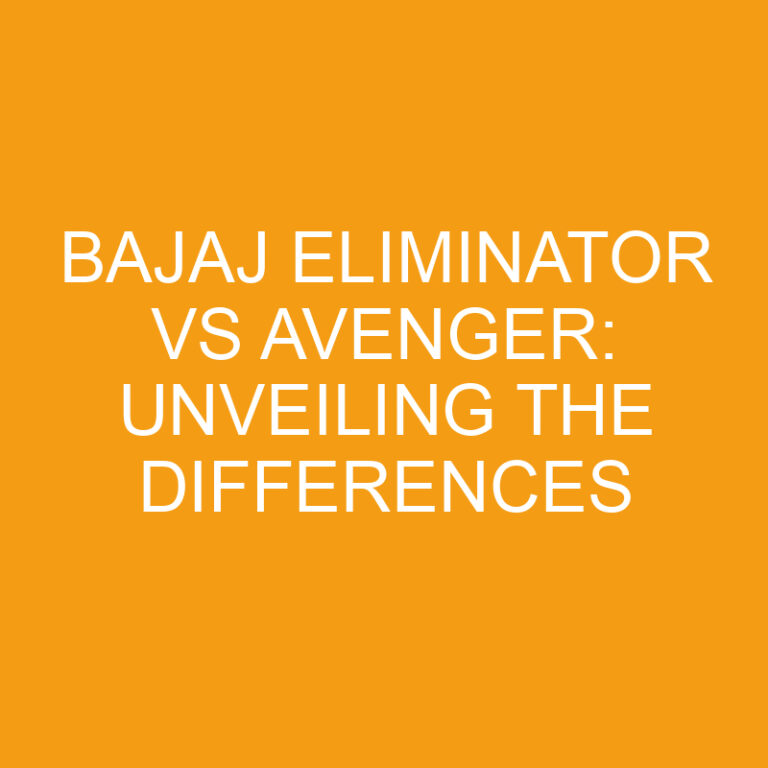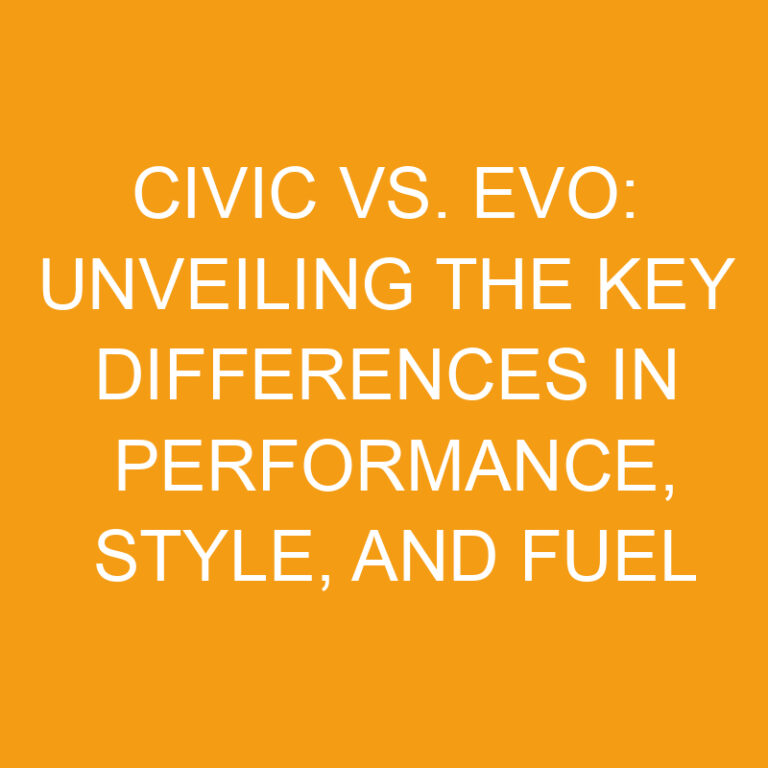
When it comes to car features, there are a lot of terms that can get confusing. One common area of confusion is the difference between a sunroof and a moonroof. While these terms are often used interchangeably, there are actually some subtle distinctions between the two. In this article, I’ll break down the key differences between a sunroof and a moonroof, so you can have a better understanding of what each term means and what to look for when shopping for a car.
Firstly, let’s start with the sunroof. A sunroof is a panel made of glass or metal that can be opened or tilted to let in sunlight and fresh air. It is typically located on the roof of a car and can be manually or electronically operated. The main purpose of a sunroof is to provide ventilation and a sense of openness while driving. On the other hand, a moonroof is a type of sunroof that is made entirely of glass and can usually be opened or closed with the touch of a button. Unlike a traditional sunroof, a moonroof often has a sliding or tilting mechanism that allows for more flexibility in terms of how much light and air can be let in.
While both a sunroof and a moonroof serve a similar purpose of allowing light and air into a car, the key difference lies in the material and operation. A sunroof can be made of glass or metal and may have manual or electronic controls, while a moonroof is exclusively made of glass and is typically operated electronically. Now that you have a better understanding of the distinction, you’ll be able to make a more informed decision when it comes to choosing the right roof option for your car.
Post Contents
Key Takeaways
- Sunroofs and moonroofs are often used interchangeably, but they have some subtle distinctions.
- A sunroof is a panel made of glass or metal on the roof of a car that can be opened or tilted to let in sunlight and fresh air.
- A moonroof is a type of sunroof made entirely of glass and usually operated electronically with a sliding or tilting mechanism.
- The main difference between a sunroof and a moonroof is in the material and operation.
- Sunroofs can be made of glass or metal and have manual or electronic controls, while moonroofs are exclusively made of glass and typically operated electronically.
- Moonroofs are often larger than sunroofs, offering a more panoramic view and a sense of luxury.
What is a Sunroof?
As a car enthusiast, I often get asked about the difference between a sunroof and a moonroof. So, let’s dive into what exactly a sunroof is and why it’s an attractive feature for many car owners.
A sunroof is a panel on the roof of a vehicle that allows natural light and fresh air to enter the cabin. It’s like having a window on your roof! This feature is typically made of glass or metal and can be opened or tilted, depending on the design.
One of the main advantages of having a sunroof is that it allows for a greater sense of openness and connection with the outside environment. Imagine driving on a picturesque road, with the sun shining through the panoramic glass above you, creating a delightful atmosphere inside the car.
Sunroofs are available in different styles, such as pop-up, sliding, or spoiler types. Each style offers its own unique way of opening and closing, providing you with options based on your preferences.
Cars with sunroofs often come with additional features to enhance the overall experience. Some models have sunshades that you can use to block sunlight when needed. There are even sunroofs equipped with wind deflectors to minimize noise and wind resistance while driving with the sunroof open.
When it comes to choosing a sunroof for your car, you have the flexibility to decide on the size, material, and even the tint of the glass. This allows you to customize your sunroof to match your personal style and the specific needs of your vehicle.
What is a Moonroof?
A moonroof is a panel on the roof of a vehicle that allows natural light and fresh air to enter the cabin, similar to a sunroof. However, there are some key differences that set them apart. Let’s dive into the details.
- Design and Functionality: Unlike a sunroof, a moonroof is typically made of glass and is designed to be transparent, allowing a clear view of the sky. It is usually fixed in place and cannot be opened or tilted like a traditional sunroof.
- Size and Coverage: Moonroofs are often larger than sunroofs, extending from the front to the back of the vehicle’s roof. This provides a more panoramic view and gives the cabin a more spacious and airy feel.
- Additional Features: Some moonroofs may come with a shade or sunshade to block out excess sunlight when needed. These shades can be manual or powered, allowing for easy adjustment. Additionally, advanced moonroofs may have features like a sliding glass panel, which can be opened partially or fully for ventilation.
- Luxury and Style: Moonroofs are generally associated with luxury vehicles, designed to enhance the overall aesthetic appeal and provide a premium driving experience. Their larger size and transparent nature make them an attractive feature for those seeking a more luxurious and open feel in their vehicle.
- Noise and Insulation: While moonroofs provide an expansive view of the sky, they may tend to create more noise and less insulation compared to sunroofs. This is because the glass construction of moonroofs tends to transmit more external noise into the cabin.
A moonroof is a stylish and luxurious feature found in many vehicles that allows for an unobstructed view of the sky. Its larger size, transparent glass construction, and additional features make it an appealing choice for those who value a spacious and airy feeling in their vehicle. However, it’s important to note that moonroofs may come with some trade-offs in terms of noise and insulation.
Key Differences Between a Sunroof and a Moonroof
When it comes to sunroofs and moonroofs, there are a few key differences that set them apart. Let me break it down for you:
1. Construction and Material
First and foremost, sunroofs can be made of either glass or metal, giving you the option to choose the material that suits your preferences. On the other hand, moonroofs are typically made of glass, providing a clear view of the sky.
2. Operation and Functionality
One major difference between the two is how they operate. Sunroofs can be opened or tilted, allowing you to control the amount of fresh air and sunlight that enters the cabin. In contrast, moonroofs are usually fixed in place, meaning they cannot be opened or tilted.
3. Size and Coverage
When it comes to size, moonroofs are often larger than sunroofs, extending from the front to the back of the vehicle’s roof. This larger size gives moonroofs a more spacious and airy feel compared to sunroofs.
4. Additional Features
Lastly, moonroofs often come with additional features that enhance their functionality and appeal. These may include shades that can be drawn to block out excess sunlight, or even sliding glass panels that can be opened for a partially open experience. Sunroofs, on the other hand, may have features such as sunshades and wind deflectors, but typically do not offer the same level of customization as moonroofs.
It’s important to consider these key differences when choosing between a sunroof and a moonroof. Whether you prioritize functionality, size, or additional features, understanding the distinctions will help you make an informed decision that fits your needs and preferences. Remember, both sunroofs and moonroofs offer their own unique benefits, so it ultimately boils down to personal preference.
Material and Operation
When it comes to the material and operation of sunroofs and moonroofs, there are some key differences. Let’s dive into them:
Sunroof
A sunroof can be made of either glass or metal, giving you options to choose from based on your preference and budget. The glass sunroofs are typically more popular as they provide a clear and unobstructed view of the sky above. On the other hand, metal sunroofs are sturdy and durable, but they may not allow as much natural light to enter the vehicle.
In terms of operation, sunroofs can be either opened or tilted. This allows you to control the amount of fresh air and sunlight entering your vehicle. Some sunroofs have a manual operation, requiring you to physically move them. Others are equipped with a motorized system, making it easier and more convenient to operate with just a push of a button.
Moonroof
On the other hand, moonroofs are typically made of glass. Unlike sunroofs, moonroofs are fixed in place and cannot be opened or tilted. This means that you cannot physically expose yourself to the outside elements, but you can still enjoy the natural light and the beautiful view of the sky.
Moonroofs often come with additional features like shades or sliding glass panels. These features allow you to control the amount of sunlight and privacy inside your vehicle. With a shade, you can block out the sun completely, while the sliding glass panels provide an option to partially or fully expose the glass roof.
So, when it comes to the material and operation, sunroofs offer more flexibility with options of glass or metal and the ability to open or tilt, while moonroofs are fixed in place with a glass construction, offering additional features like shades or sliding glass panels.
Conclusion
Understanding the key differences between a sunroof and a moonroof is crucial when making a decision for your vehicle. While both options provide an opportunity to bring natural light and fresh air into the car, they vary in terms of material, operation, and additional features.
Sunroofs offer more flexibility with the choice of glass or metal, as well as the ability to open or tilt. This versatility allows for a customizable experience based on weather conditions and personal preference. On the other hand, moonroofs are typically fixed in place and made entirely of glass. However, they often come with added features such as shades or sliding glass panels, enhancing the overall experience.
Ultimately, the choice between a sunroof and a moonroof comes down to personal preference and the specific needs of the driver. Whether you prioritize functionality or aesthetics, understanding these distinctions will help you make an informed decision that aligns with your preferences and enhances your driving experience.
Frequently Asked Questions
Q: What are the key differences between a sunroof and a moonroof?
A: Sunroofs can be made of glass or metal and can be opened or tilted, while moonroofs are typically made of glass and are fixed in place.
Q: Are moonroofs larger than sunroofs?
A: Yes, moonroofs are often larger than sunroofs.
Q: Do moonroofs come with additional features?
A: Yes, moonroofs may come with additional features like shades or sliding glass panels.
Q: What should I consider when choosing between a sunroof and a moonroof?
A: It ultimately comes down to personal preference, but it’s important to consider the material and operation differences between the two. Sunroofs offer more flexibility with options of glass or metal and the ability to open or tilt, while moonroofs are fixed in place with a glass construction, offering additional features like shades or sliding glass panels.






